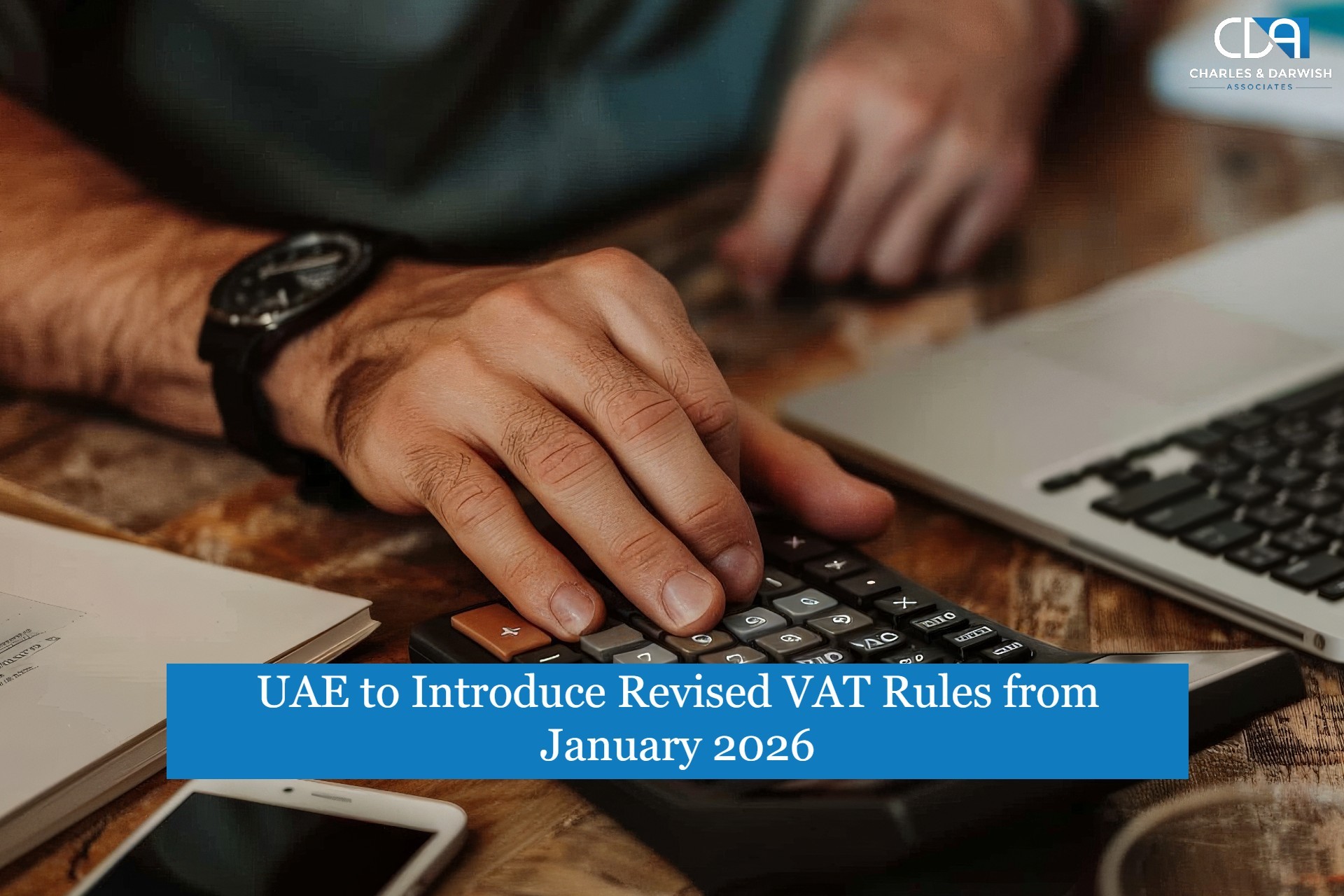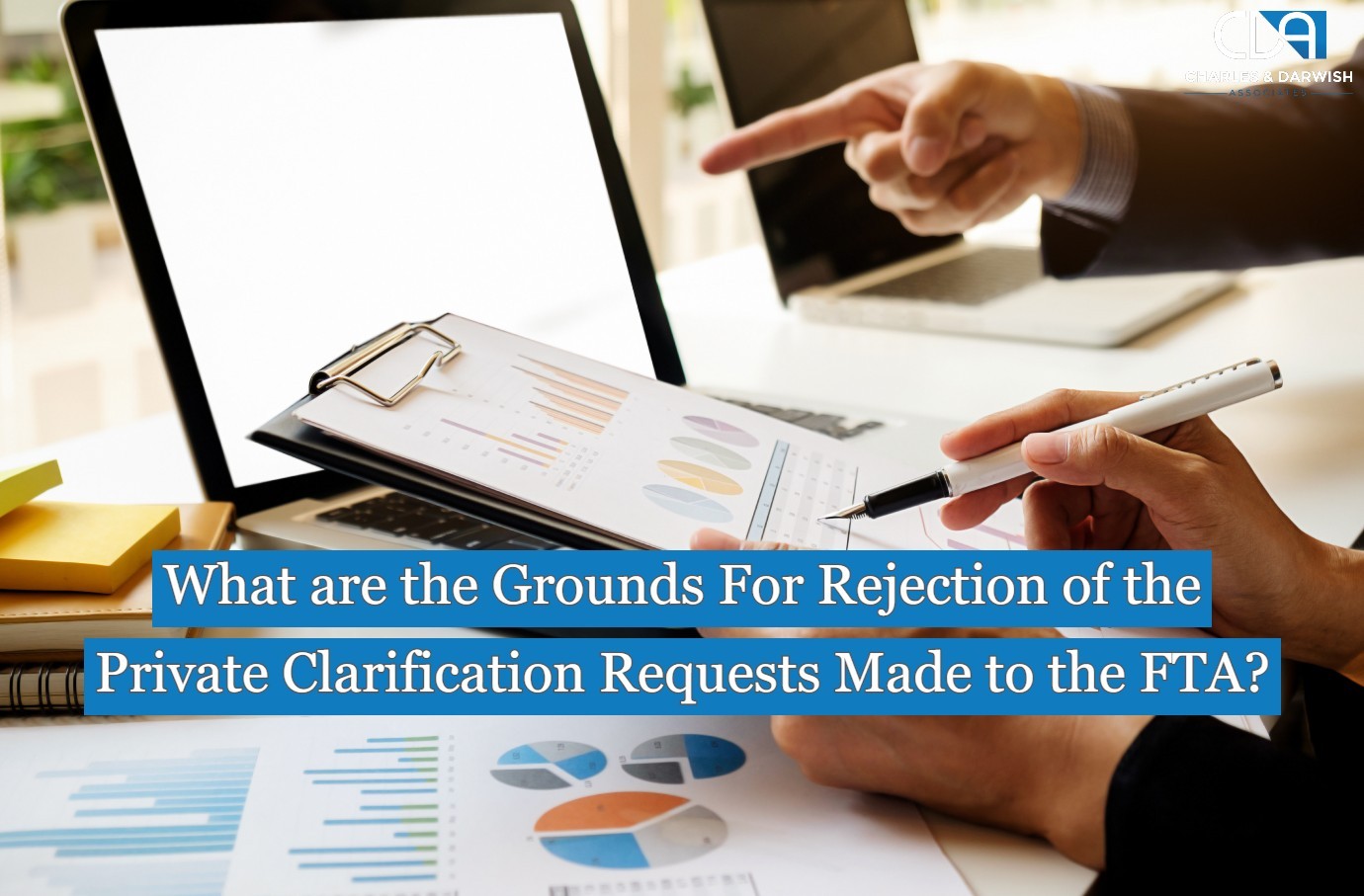Application of the Reverse Charge Mechanism on Electronic Devices among Registrants for VAT Purposes
The implementation of the reverse charge mechanism on electronic devices among registrants in the state for the purposes of value-added tax (VAT) brings about significant changes in the VAT treatment of certain supplies. This article aims to provide a comprehensive understanding of the updates in legislation, the scope of transactions, the goods in scope, and the compliance requirements introduced.
Understanding the Scope of Transactions
The reverse charge mechanism applies to registrants supplying electronic devices to other registrants who intend to use these devices for resale or manufacturing purposes. These transactions fall within the scope of the reverse charge mechanism only if the recipient's intention is to resell the electronic devices or use them in producing or manufacturing electronic devices. The term "resell" here refers to the recipient's business of trading in electronic devices, which can be either at a wholesale or a retail level. It does not fall within the scope of the reverse charge mechanism if the recipient acquires the devices for use in their business other than for production or manufacturing. Both partial and full production or manufacturing of electronic devices fall under the scope of transactions. Note that it is deemed an intention to produce or manufacture electronic devices if the recipient acquires pieces considered to be electronic devices to assemble into another part of an electronic device.
Understanding the Scope of Goods
The reverse charge mechanism specifically applies to electronic devices, which are defined as mobile phones, smartphones, computer devices, tablets, and their respective parts. The term "mobile phones and smartphones" encompasses devices with various functionalities, ranging from basic call and text functions to advanced smartphones with multiple features. Electronic devices operating through physical means such as wires or fibre optic cables are excluded from the reverse charge mechanism.
But the reverse charge mechanism applies to computer devices, regardless of whether they operate through wireless transmission or physical means. Computers, server computers, computerised engine control units (ECU) for cars, and other similar devices are considered computer devices. Tablets, which are wireless, portable personal computers with a touchscreen interface, are also included in the definition of electronic devices. However, it is important to differentiate tablets from e-readers that are marketed with limited functions and without additional features such as gaming or web browsing.
Reverse Charge Mechanism Explained
Under normal circumstances, taxable persons are required to impose VAT on all taxable supplies made in the UAE. But for supplies of electronic devices within the scope of the reverse charge mechanism, a different treatment applies. Basically, the reverse charge mechanism shifts the responsibility of accounting for VAT from the supplier to the recipient of the electronic devices.
In practical terms, this means that the supplier does not account for VAT on the supplies to the recipient, and the recipient becomes liable to account for the VAT on the transaction. The recipient is responsible for meeting all tax obligations resulting from the supply, including reporting the due tax on their VAT return.
To qualify for the reverse charge mechanism, the following requirements must be met:
- The supplier, who is registered for VAT in the UAE, provides electronic devices to a recipient, also registered for VAT in the UAE.
- The recipient intends to resell the electronic devices or use them for production or manufacturing of electronic devices.
- Both the supplier and recipient must be registered for VAT in the UAE.
- The supplier must retain a written declaration from the recipient confirming the intent to resell or use the devices for production or manufacturing purposes.
It is important for suppliers to comply with all other obligations, including issuing a tax invoice that contains the required particulars. On the other hand, the recipient must declare the due tax in the appropriate box of their VAT return.
Compliance Requirements for Reverse Charge Mechanism
To ensure the proper application of the reverse charge mechanism, specific compliance requirements must be met by both the supplier and the recipient.
Requirements for the Recipient
Before the date of supply, as determined by the relevant articles of the Decree-Law, the recipient of the electronic devices must provide two declarations to the supplier:
- A written declaration indicating the intent to resell the electronic devices or use them for production or manufacturing of electronic devices.
- A written declaration confirming their registration with the Federal Tax Authority (FTA).
The declaration confirming the recipient's registration with the FTA should include the details of their Tax Registration Number (TRN). These declarations can be combined into a single document provided to the supplier.
Requirements for the Supplier
Before the date of supply, as determined by the relevant articles of the Decree-Law, the supplier of the electronic devices must fulfil the following requirements:
- Receive and retain the declarations provided by the recipient, as mentioned above.
- Verify and confirm that the recipient is a registered VAT taxpayer. The verification can be done through the means approved by the FTA, such as the TRN verification functionality on the FTA's website.
If the recipient fails to provide the required declarations prior to the date of supply, the supplier must account for output tax on the supply of the electronic devices. However, if the supply meets the conditions for zero-rating, such as in the case of direct or indirect exports, the supplier does not need to account for output tax.
It is important to note that if the recipient does not provide the required declarations, they will not be able to recover the input tax incurred on the supply of the electronic devices.
The application of the reverse charge mechanism on electronic devices among registrants in the state for VAT purposes brings about significant changes in the VAT treatment and compliance requirements. It is important for suppliers and recipients to understand the scope of transactions and goods covered, as well as the specific compliance requirements, to ensure the proper application of the reverse charge mechanism, as it is different from conventional VAT. By adhering to these requirements, businesses can navigate the VAT regulations effectively and avoid any potential penalties or non-compliance issues.
How Can CDA Help?
CDA has been providing the best auditing, accounting, and tax consultancy services to its clientele in UAE for more than a decade, which has made it one of the best firms in UAE. CDA with its best employees who are equipped with adequate knowledge of the tax landscape of UAE can assist your firm in solving the complexities of the tax regimes prevailing in UAE and ensuring accurate compliance with them. We can help your firm in UAE pay taxes on time without any errors or mistakes. We can protect you from fines and penalties by filing the tax returns on time. To know more about our tax services, approach us now

Mark Thompson
Full-stack Developer, Blogger, and Tech Enthusiast.
Mark specializes in digital marketing, SEO, and content strategy.













